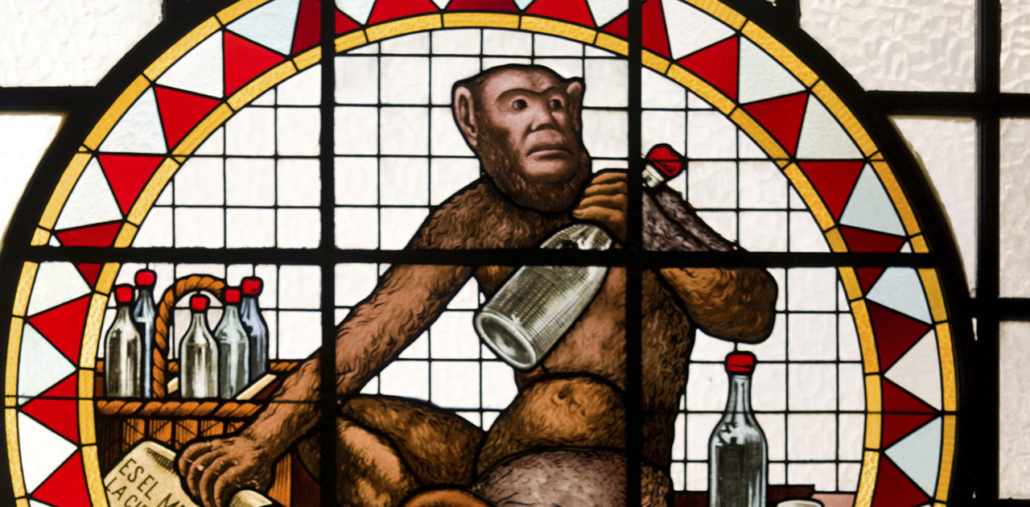This fragment of a ceramic relief, molded by pressure, represents the apostle Saint James, dressed as a pilgrim, and was recovered during the excavations on the site of L’Estrella, in the neighborhood of Coll i Pujol in Badalona, in 2019.
The figure of this saint was much revered throughout Europe, since the twelfth century, when the pilgrimage route was consolidated, which, from all parts of the continent, led to the city of Santiago de Compostela where is, according to legend, the tomb of the apostle St. James.
The figure, which dates from the 17th century, wears some of the attributes of this apostle, which allows its identification. This would be the case with the wide-brimmed hat with the pilgrim’s scallop, the cape with scallops and the traveling cloak he wore underneath. The elements that are missing to complete the pilgrim habit, such as the pumpkin, the crosier and the pouch, were probably part of the fragment of the figure that has not been preserved.
One of the pilgrimage routes chosen by European pilgrims, especially those from Italy, to reach Santiago, followed the route of the ancient Roman Via Augusta that passed, precisely, near the point of our city where the finding.













